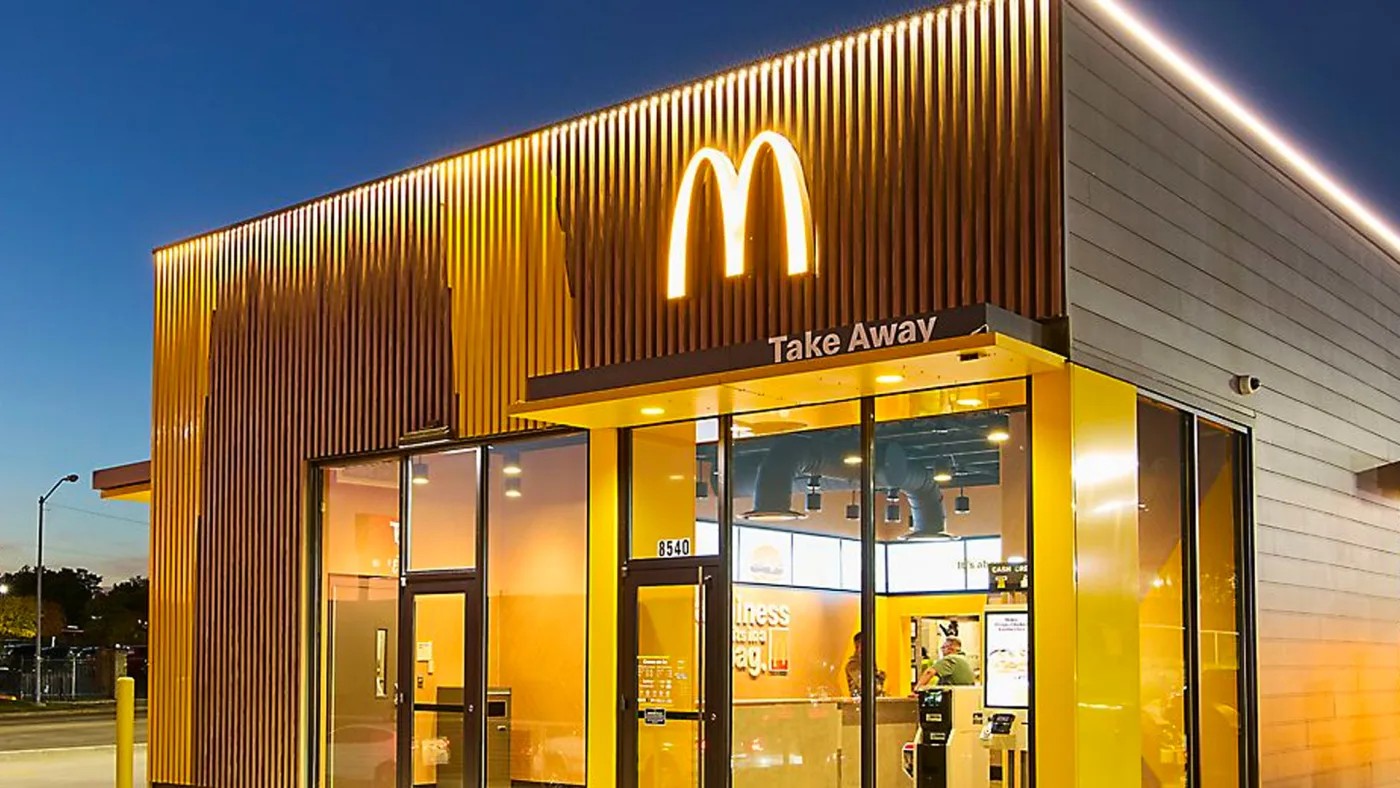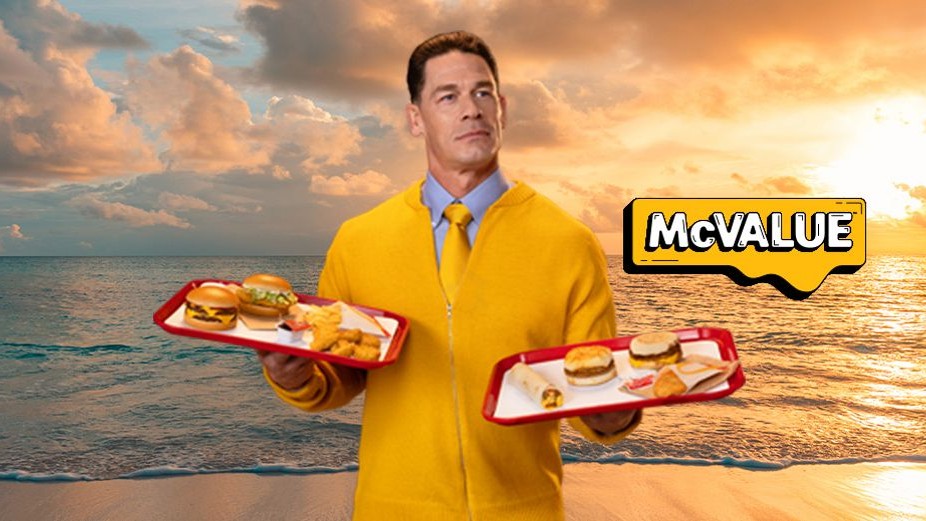Afraid of losing your design job to AI? This McDonald's story might help you sleep better

Lying awake at night wondering whether AI is about to make your career obsolete? You're not alone. It's natural to feel a bit wobbly when your LinkedIn feed is full of posts about ChatGPT designing logos and Midjourney creating campaign visuals.
But there's a rather reassuring tale from the world of fast food that might help you sleep better tonight. It's the story of what happened when McDonald's unleashed an army of touchscreen kiosks on the world... and the results were not what people expected.
Curse of the robots
Back in 1999, McDonald's was developing what trade publications ominously described as "an electronic order-taking system that may eventually replace some of its human equivalents." The headlines practically wrote themselves: robot overlords, mass unemployment, the end of human interaction. Except that's not what happened. Not even close. As CNN reports, Those supposedly job-killing kiosks actually created more jobs, not less.

Why? Well firstly, because instead of streamlining operations and sending cashiers home, they've made restaurants significantly more complex to run. Kitchen staff now juggle traditional orders, mobile app requests, delivery services and kiosk transactions all at once.
At the same time, McDonald's franchisees discovered something endearing about their customers. Even when faced with user-friendly touchscreens, people still need help. Enter the "guest experience lead" – someone whose job is to help customers navigate the digital ordering process.
They sold more food
Most importantly, though, the introduction of kiosks meant McDonald's ended up selling more food overall. That was partly because they were serving customers more quickly, so were pulling in all those extra people who'd have otherwise swerved a long queue.
It was also because their kiosks are better at suggesting upgrades. If a human laboriously lists everything a customer can add to their order, it holds up the line massively. But a screen can do it in an instant, with alluring pictures. So the upsell has been significant.
Daily design news, reviews, how-tos and more, as picked by the editors.
As a result, although fewer humans are needed needed to take orders, more humans are required to cook the food and serve it to customers.
What this means for designers
The moral of this tale? it's not the technology itself that determines outcomes, but how organisations choose to use it.
McDonald's could have deployed kiosks purely to cut costs. Instead, they chose to enhance the customer experience and sell more burgers overall, whilst finding new ways to use humans more effectively.
The same applies to design. Design agencies that use AI solely to slash budgets will likely end up with a race to the bottom. But smart ones will use it to handle routine tasks, whilst empowering designers to focus on things like strategy, user research and creative problem-solving, which require human insight.
Just in case you need more reassurance, just wander into a branch of McDonald's, and see all the people still working there. And realise this: if ordering a Big Mac can't be fully automated after a quarter-century of trying, your creative career—with all its nuance, cultural sensitivity and strategic complexity—is almost certainly safe too.

Tom May is an award-winning journalist specialising in art, design, photography and technology. His latest book, The 50 Greatest Designers (Arcturus Publishing), was published this June. He's also author of Great TED Talks: Creativity (Pavilion Books). Tom was previously editor of Professional Photography magazine, associate editor at Creative Bloq, and deputy editor at net magazine.
You must confirm your public display name before commenting
Please logout and then login again, you will then be prompted to enter your display name.
